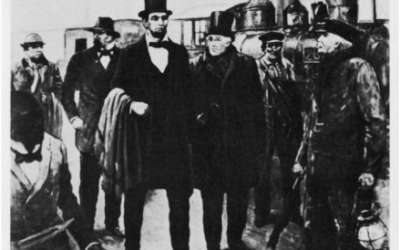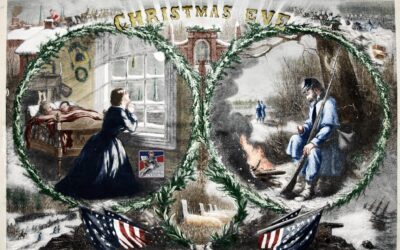The Civil War: the War that Never Truly Ended
The Civil War was fought nearly 150 years ago, and was among the most brutal wars in American history, both on and off the battlefield. Over 600,000 soldiers lost their lives fighting their own compatriots, and even the civilian death toll is estimated in the hundreds of thousands. Yet the Civil War had its greatest and most lasting effect on the tensions between the North and the South.
The North and South were different in many ways. Politically, the North was Republican while the South was Democrat. They had different economies, with the North based on industry, the South on agriculture. The North had no distinct social structure, while the South had a class system with three tiers: an aristocracy, middle class, and the slaves. Even religion was a divisive point, the North being mostly Protestant, the South being largely Catholic. However, these were all minor issues in the grand scheme of things; the major differences between North and South all derive from one institution: slavery.
As most students know, no matter whether they attend an online school or brick-and-mortar campus, slavery was the main catalyst of many of the differing political ideals behind the war. The North believed that slavery was a societal blight, and should be outlawed in all states. Southerners believed that the legality of slavery lay under the jurisdiction of state governments, and that federal lawmakers had no right to control it. Ultimately, this was a power struggle over the strength of the federal vs. state governments.
The battle of governmental power between central and state governments has been fought since the days of the Continental Congress, but it came to a head when the North began pushing for the end of slavery. Slavery was massively important to the agricultural economy of the South. Southern Democrats knew this, and wanted to prevent effective economic collapse at all costs, even if it meant war.
However, even the war couldn’t end the debate about states’ rights. After the abolition of slavery, the South still clung to its old ways by passing the Jim Crow laws. They established mandated racial segregation in all public facilities, which the South believed was within a state’s right. Freed slaves often resorted to sharecropping: they would rent out a piece of a plantation and farm it themselves, with the owner receiving a huge cut of the crop. Often, this was no different than slavery, especially if the freed slaves found themselves in debt to the owner.
This period is known as the Reconstruction, and it was a time of great corruption in the South. The battle over states’ rights would be fought in the federal courts many times. Some cases climbed to the Supreme Court, only to continue to be overturned. In the case of United States v. Cruikshank, the court found that the Bill of Rights was not applicable to the states, and that the 14th Amendment could not restrict the actions of one citizen against another. Likewise, in the case of United States v. Harris, the court ruled that the federal government had no power to penalize crimes such as assault or murder, but that these crimes were in the jurisdiction of local governments. This ruling encouraged violent crimes against blacks in the South, with the attackers receiving little if any penalty. This led to the suit being dubbed the “Ku Klux Case.”
Later, a group of suits known as the Civil Rights Cases were brought before the Supreme Court. The court ruled that the 14th Amendment did not apply to private individuals or organizations, and that the Civil Rights Act of 1875, a law very similar to the later Civil Rights Act of 1964, was unconstitutional. States’ rights were the weapon used to keep the full rights of U.S. citizens from Blacks.
In modern times, racism has decreased considerably. In all 50 states, African-Americans have the right to vote, and segregation is in the distant past. Yet years of servitude and oppression have taken their toll, and many African-Americans still live in poverty. They are also more likely on average to drop out of school and resort to crime. The prison population is 38 percent African-American, while they account for just 12 percent of the total civilian population. These numbers are a direct result of the economic disadvantages and discrimination Blacks faced before and after the abolition of slavery.
Similarly, the political divide between the North and South is still massive, though the names of their dominant political parties have switched. However, the political divide is as combative as it has ever been. Some even blame the harsh rhetoric between the two parties for the 2011 shooting of Congresswoman Gabrielle Giffords.
Even the issue of states’ rights has been reexamined. In 2010, the state of Arizona passed a law enforcing strict measures against illegal immigration. The racial fairness of this law has come into question, as has whether it is within Arizona’s right to pass laws on immigration, which the federal government says falls under their authority. As of now, the Supreme Court has yet to hear the case.
Of all the issues that led to the Civil War, only one was settled by it: slavery. There remains a massive political rift between the North and the South; there remains the argument on how to divide power between federal and state governments; and still, the Black community faces economic disadvantages stemming from before the United States were even founded. When studying the Civil War, many are taught to see slavery as the sole reason for its occurrence. Though it was the most important, it was not the only factor. What’s more, issues like states’ rights and a political climate informed by racism were by no means resolved by the war itself, and persist to this day.




0 Comments